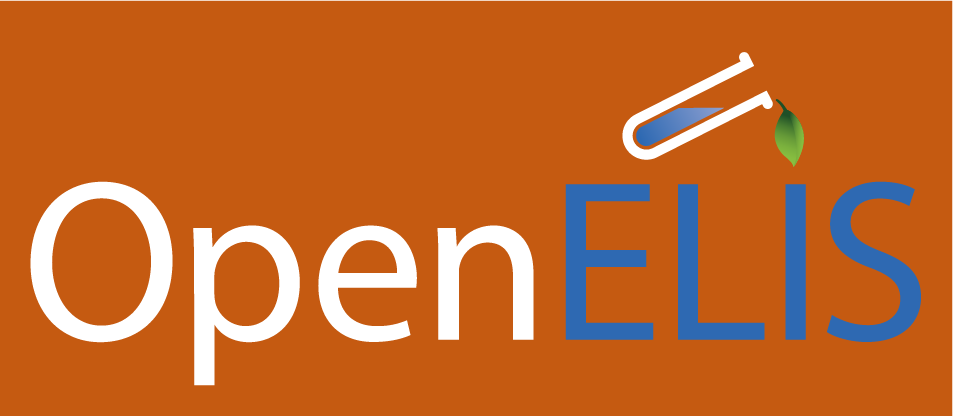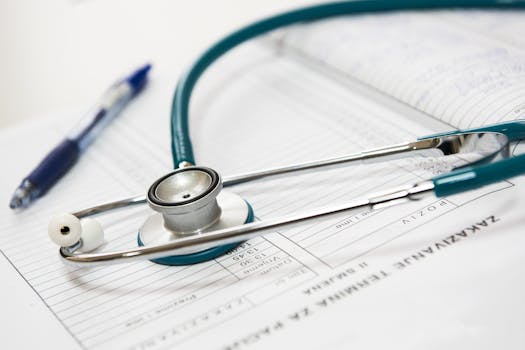The island of American Samoa is situated just east of the international date line - an imaginary line that runs from north to south, where the date changes by crossing the line. This means that American Samoa is one of the last places on earth to experience each day. Regardless of its location, the public health lab handles approximately 5,000 specimens annually. It provides both diagnostic testing and public health surveillance services. American Samoa is largely paper-based, which means disconnected workflows and slower access to critical data.
This partnership between the OpenELIS Foundation and American Samoa public health department aims to address these challenges. The goal? To automate processes, reduce manual data entry and provide quicker, real-time consolidated access to data, across the departments facilities.
Implementation
The implementation process spans over a couple of months to ensure thorough implementation and training:
- Setting Up the Cloud Environment
In late January and early February, the LIMS administrator began foundational training to prepare for OpenELIS. At the same time, OpenELIS developers worked with Association of Public Health Laboratories Information Messaging Services (APHL AIMS) staff to build an environment tailored to the lab’s needs. - Instrument Interface Configuration
Connecting lab instruments to OpenELIS is critical for automating test results. This involves connecting the instruments to the laboratory network, installing and configuring the instrument interface for each assay according to the lab's specific requirements, and lastly testing of the complete process. - Staff Training and Workflow Updates American Samoa’s lab staff will undergo thorough training of the system, supported by job aids, as well as assistance with updating standard operating procedures (SOP) where required.
- Parallel Testing and Go-Live
A testing period between July and August will allow the lab to test workflows and ensure OpenELIS operates as expected. During August, the team will conduct parallel testing, running their current paper-based process alongside OpenELIS. If successful, OpenELIS will officially replace the paper-based system in the beginning of September 2025.
Benefits for American Samoa’s Lab
Transitioning to OpenELIS will bring transformative improvements:
- Efficiency: Automated data entry and instrument interfacing reduce human error and speed up processes.
- Consolidation: Lab data will be unified in one secure, cloud-based platform.
- Seamless Data Exchange: OpenELIS facilitates system-to-system communication, eliminating the need for manual data transfers and thus human error.
- Scalability: The platform’s configuration ensures it meets the unique needs of American Samoa, much like its successful implementation in Guam.
The implementation team will be working closely with the LBJ hospital and health clinics across the territory to align workflows and enhance patient sample collection processes. Integrating OpenELIS with existing systems ensures a future-proof solution for public health surveillance and diagnostic testing.
Looking Ahead
By the beginning of September 2025, American Samoa’s public health laboratory will be fully transitioned to OpenELIS, becoming the second U.S. territory to adopt this system after Guam. This milestone represents a significant step forward in improving public health infrastructure and service delivery for small labs facing similar challenges.
For more information about our instrument interface software and how it works, give this a read.

